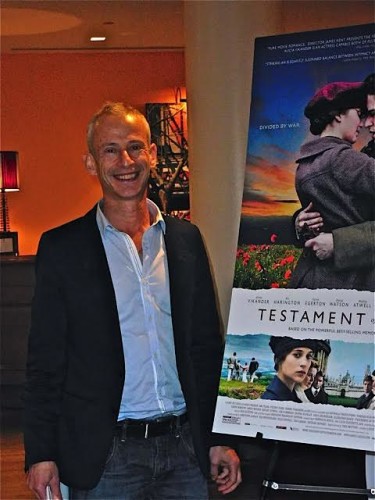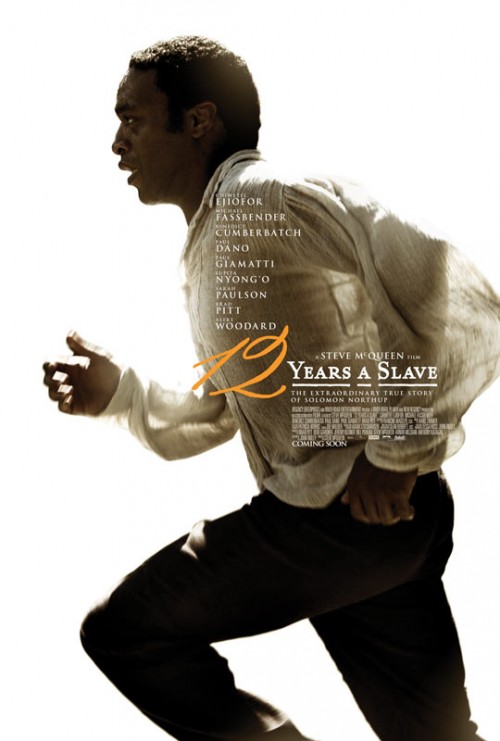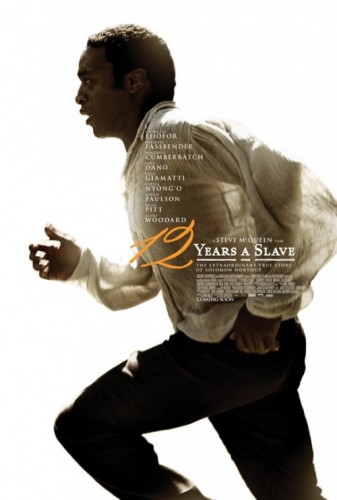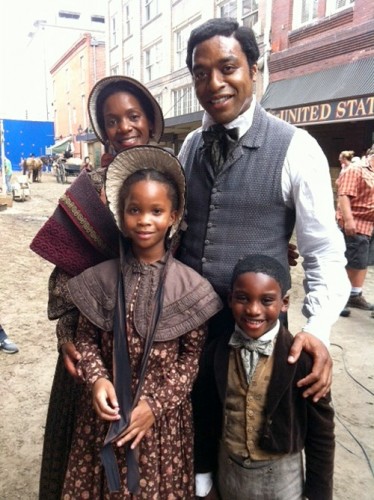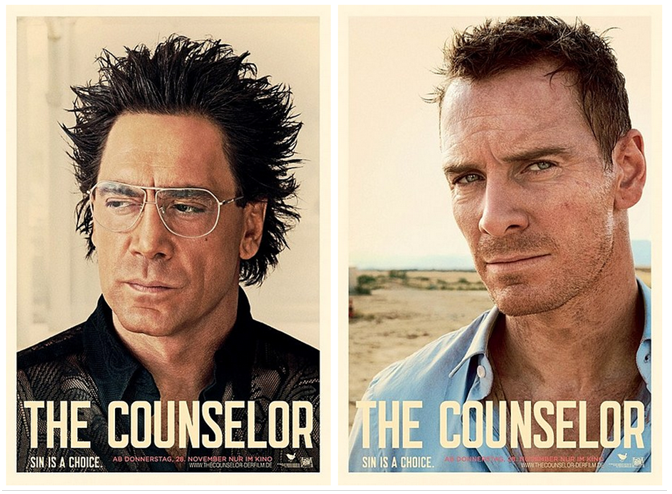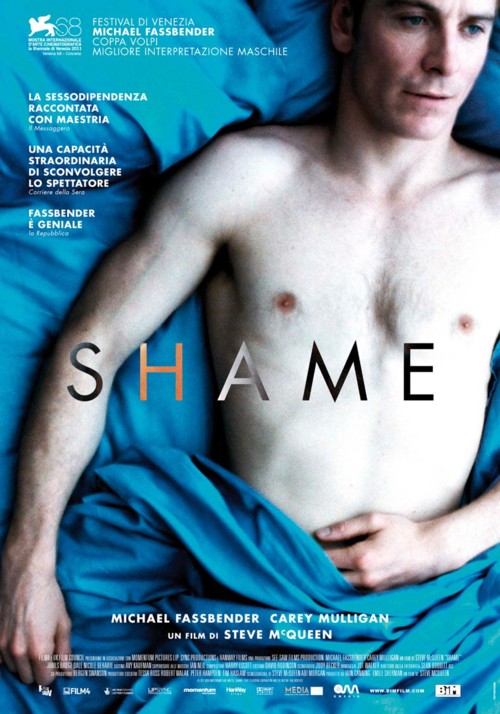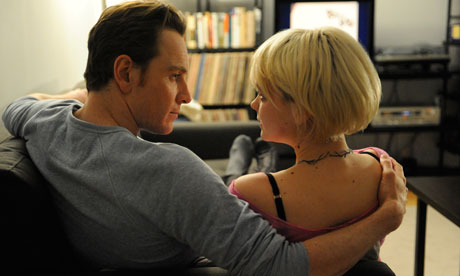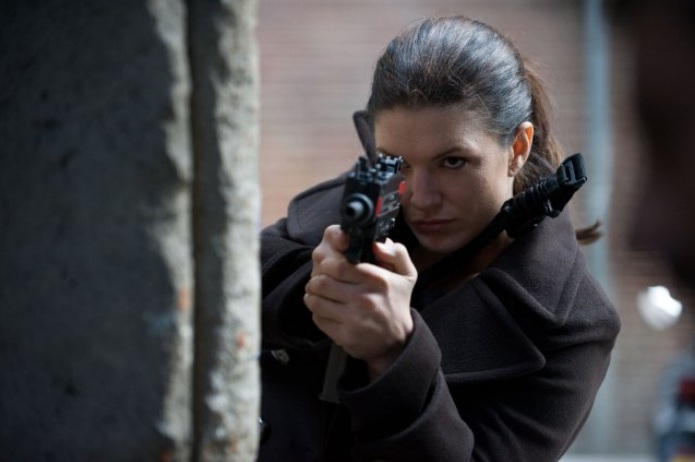
This is a guest post by Paula Schwartz.
Featuring an interview with director James Kent
Alicia Vikander, who recently embodied female robotic perfection in Ex Machina, stars in James Kent’s circa 1914 drama Testament of Youth. The movie is adapted from the World War I memoirs of British pacifist and feminist Vera Brittain, who spoke for her generation when she chronicled her wartime struggles and losses. Brittain, contrary to the wishes of her family and what was expected of women at that time, pursued an Oxford education instead of a husband. Instead she fell in love with her brother’s friend, Roland (Kit Harington from Game of Thrones), and deferred her education to serve as a nurse on the French War Front. Sweepingly romantic and seemingly old fashioned on the surface, the feistiness and determination of the heroine gives the story a modern kick.
Vikander is having a moment, and the director, making his feature film debut, lucked out in his timing. At a recent press event to promote the film, he told me that if he had cast Vikander now he wouldn’t be able to afford her. The Swedish actress first came on everyone’s radar as Denmark’s queen in A Royal Affair, while the sci-fi Ex Machina propelled her to the next level. She seems to be everywhere with at least five other films scheduled for release this year. She will soon appear with Eddie Redmayne in Tom Hooper’s highly anticipated film, The Danish Girl.
Vikander is dating Michael Fassbender, whom she met when they made The Light Between Oceans, also scheduled for release this year. The 26-year-old actress was staying at the same hotel where she and the director were promoting the film. Now with her sudden celebrity, paparazzi circled outside the Crosby Street Hotel for hours in hopes of getting shots of Vikander and Fassbender leaving together.
Following are highlights from my interview with director James Kent about his film, his inspirations and especially his star:
Talk about the movie’s pacing and how you told the story.
James Kent: It’s not rushed, so you enter the film and you have these moments where you think, I’ve got a moment to think about what I’ve just seen. Otherwise it’s like plot, plot, plot, and you can’t stay in her head. And there’s a slightly reflective quality to the film that allows, hopefully, certain elements of the audience who get it to feel that it speaks to them singularly. Otherwise it could be boring.
Also I had never made a feature film. I made documentaries and television dramas, so this was my first feature I was obviously anxious to prove that I would be able to shed the televisual side, which is different, although it’s more cinematic now than it’s ever been. There’s a sort of different type of vernacular for television than cinema, and I wanted to make a film that felt like cinema.
You didn’t get the memo that audiences don’t want to see female heroines in film?
I didn’t get that memo and you know what, I think cinema isn’t getting the memo either at the moment. There’s Far From the Madding Crowd. There’s going to be the Suffragette movie. There’s Brooklyn with Saoirse Ronan and Mad Max: Fury Road starring Charlize Theron. I think, finally, they are waking up to the fact that most of the audience is actually women.
This is your first narrative film, but you’ve made television movies featuring women, including Maggie about Margaret Thatcher. Are you especially drawn to woman protagonists?
People offer me these projects and I’m immediately intrigued by the woman’s story in history because often I think women are written out of in history because they are the underdogs. Often it’s a better story than the one who’s king; he’s got it all his way. What’s a better story than Joan of Arc? And I also happen to be a gay man and I think that gay men also are underdogs, so maybe there’s a connectivity I feel is there between myself and the women’s experience. I also think women are much more psychologically alert and emotionally alert.
World War I is not an especially known subject for Americans. Were you concerned it would find an audience here?
It was a challenge, but what I’m hoping is that the power of Vera’s story and her pioneering spirit, which is largely in a love story but beyond that because Roland dies, it’s about a woman who powers herself and inspires herself to do what she always wanted to do, which is to become a writer. I think that’s a universal story. That’s not a World War I story.
Also the way I filmed it–because it’s filmed in a very subjective way–it’s very much her interior mind, and I think that modernizes that story. It’s not a 100-year period film. It’s a story about love and loss and rebuilding. You could have done that in modern dress.

You have a wonderful supporting cast but your star, Alicia Vikander, is basically the whole film. Your timing couldn’t be better. You got her right after A Royal Affair and Anna Karenina and before Ex Machina. She has about five other films coming out this year.
What can I say? It’s her film. We were fated. God smiled on us. Alicia Vikander was free, available, affordable, willing. And it was my first film! What more could a first film director want? And then to have her and then to have Taron Egerton, who’s in Kingsman, also on the rise. And Kit Harington, who’s in Game of Thrones, phenomenally successful, but all fresh, all not seen in the cinema world by big English language audiences.
I think Alicia produces a very specific Vera. There’s a sort of gritty determination, powerhouse there. You know she was a ballerina with the Swedish Royal Ballet from the age of 9. Now think of Black Swan. There’s a particular kind of girl who has that fortitude to be a dancer. They’re ambitious. They’re also very determined. And they set themselves the highest standards. And that’s what Vera did, and I think Alicia immediately focuses us on those qualities. An actress, what they do is they allow the audience to immediately focus on a particular aspect of that person that the film’s about. Another actress will alter that. It doesn’t mean they won’t do a great role, but you’ll have a different impression of that person. Alicia brings out some of the core qualities of Vera really within the first few seconds of meeting her. You know. You sense because that’s what Alicia’s like.
The scenes where Vera and her brother and Roland and a friend are bathing in the pond are particularly effective because of what happens later to all of them. Were the water scenes as much fun to shoot as to watch?
There was no joking around. That water was 8 degrees. And we’re talking February in England. I mean that was a lot of production panic because of my desire to have them in the water. Luckily we shot that part late because we didn’t want to kill off our actress. But she has no body fat. I mean her body double for the close-ups, she could stay in there. But Alicia because she’s so slim, that water went straight to her bones and so she was in and out. She never complained. Incredible.
You came into the project rather late, in 2012 when there was already a script in place. Did you make major changes?
It shifted. My agent told me as a first time film director I would only have a certain element of power. If it goes well, the second film you’ll have a lot more power. And that’s how it works. You desperately want the film to happen. I’m also in love with the script and it so happened coincidentally a great friend of mine, Juliette Towhidi, had written the script, so I did love the script but there were things that I wanted changed. I wanted more internalizing on the script, more subjectivity from her viewpoint. I wanted the War to be clarified. I didn’t want to stint on the warfare and the suffering that the audience would have but I didn’t want it to be too much either.
The love scenes are so understated, which makes them even sexier. What inspires you?
I’m quite good at romance. Some of my television projects are about romance and I’m very good at asking actors to do follow my direction that less is more, but to do it with their eyes, and with their mouth, and with their hands. Like that scene in the café, where they touch fingers, that was straight out of David Lean’s Brief Encounter for me.
I was very inspired by that movie. That’s a movie with Celia Johnson and she has this sort of internal voice and it’s like a close up and it’s all about trains and separation. These are the things Testament has in it and I love the lavish amount of romanticism of Brief Encounter. It was radical for its time to do that, to have internal voices and the way it’s shot. It’s just so radical, and I found that inspiring.
What I do, I try desperately to look for film references because you’re trying to give your crew and actors something to watch and say, “Look, it’s got a semblance of this.” I find it really hard to find things that I love. I love movies but I find it really hard to find something specific for the one that I’m making, but that came closest. And also as you can tell, a bit of Gone With the Wind. Because I think there’s also something about Vera and Scarlett O’Hara, there’s something about her feistiness, she won’t be told what to do by men.
Paula Schwartz is a veteran journalist who worked at the New York Times for three decades. For five years she was the Baguette for the New York Times movie awards blog Carpetbaggers. Before that she worked on the New York Times night life column, Boldface, where she covered the celebrity beat. She endured a poke in the ribs by Elijah Wood’s publicist, was ejected from a party by Michael Douglas’s flak after he didn’t appreciate what she wrote, and endured numerous other indignities to get a story. More happily she interviewed major actors and directors–all of whom were good company and extremely kind–including Brad Pitt, Angelina Jolie, Morgan Freeman, Clint Eastwood, Christopher Plummer, Dustin Hoffman and the hammy pooch “Uggie” from The Artist. Her idea of heaven is watching at least three movies in a row with an appreciative audience that’s not texting. Her work has appeared in Moviemaker, more.com, showbiz411 and reelifewithjane.com.
